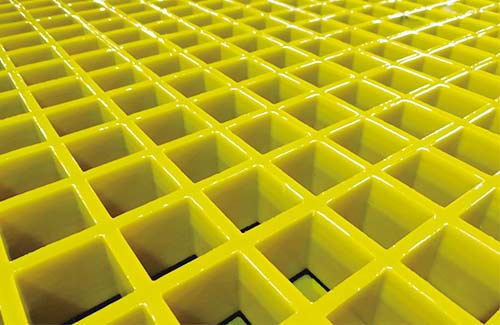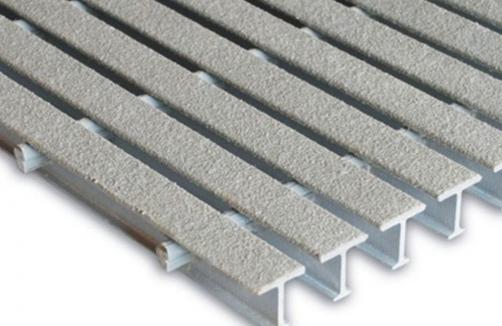Phenolic Grating for Power Plants: Enhancing Safety and Efficiency in Industrial Environments
Power plants are the backbone of modern energy systems, operating under extreme conditions that demand the highest levels of safety and efficiency. One critical component that often goes unnoticed but plays a pivotal role in maintaining these standards is phenolic grating. This innovative material offers a unique solution to the challenges faced in industrial environments. But what exactly is phenolic grating, and how does it enhance safety and efficiency in power plants?
What is Phenolic Grating?

Phenolic grating is a type of engineered composite material made from layers of phenolic resin and glass fabric. This combination creates a material that is incredibly durable, lightweight, and resistant to a wide range of chemicals and temperatures. Unlike traditional metal grating, phenolic grating does not rust or corrode, making it an ideal choice for environments exposed to harsh chemicals and moisture.
Why Choose Phenolic Grating for Power Plants?
Power plants often deal with hazardous materials and extreme temperatures, making the choice of materials crucial. Phenolic grating offers several advantages over conventional materials:
- Chemical Resistance: Phenolic grating can withstand exposure to acids, alkalis, and oils, making it perfect for industrial settings where chemical spills are common.
- High Temperature Tolerance: Unlike metal grating, phenolic grating can maintain its integrity in high-temperature environments, ensuring safety and longevity.
- Ligero y resistente: Despite its strength, phenolic grating is lightweight, reducing the load on supporting structures and making installation easier.
- Non-Slip Surface: The grating surface can be treated to provide a non-slip finish, enhancing safety for workers.
Enhancing Safety in Power Plants
Safety is paramount in power plants, where slip hazards and material failures can lead to severe accidents. Phenolic grating addresses these concerns effectively:
Non-Slip and Anti-Fall Features
The non-slip surface of phenolic grating reduces the risk of slips and falls, which is particularly important in wet or oily environments. Additionally, the grating can be designed with safety edges or barriers to prevent accidental falls into dangerous areas.
Chemical and Environmental Protection
Workers in power plants are often exposed to hazardous substances. Phenolic grating’s chemical resistance ensures that these substances do not damage the walking surface, protecting workers from harmful exposure.
Longevity and Durability
Phenolic grating’s durability means it can withstand heavy foot traffic and the weight of equipment without degrading. This longevity reduces the need for frequent replacements, saving costs and minimizing downtime.
Improving Efficiency in Industrial Environments
Efficiency in power plants is not just about producing energy; it also involves maintaining operational smoothness and reducing maintenance costs. Phenolic grating contributes to efficiency in several ways:
Reduced Maintenance Costs
Unlike metal grating, phenolic grating does not rust or corrode, eliminating the need for regular maintenance and coatings. This reduction in maintenance saves both time and money, allowing plant operators to focus on other critical tasks.
Enhanced Load Distribution
Phenolic grating’s unique structure allows for excellent load distribution, preventing uneven wear and extending the life of the grating. This feature is particularly important in areas where heavy machinery is operated.
Customizable Solutions
Phenolic grating can be customized to fit specific requirements, including size, shape, and load capacity. This flexibility ensures that power plants can optimize their layouts for maximum efficiency.
Conclusión
Incorporating phenolic grating into power plants is a strategic decision that enhances both safety and efficiency. By addressing the unique challenges of industrial environments, phenolic grating provides a durable, lightweight, and chemical-resistant solution. For plant operators looking to improve safety standards and reduce operational costs, phenolic grating is a standout choice.
If you are considering upgrading your power plant’s walking surfaces, consider the benefits of phenolic grating. Not only will it improve safety, but it will also contribute to long-term efficiency and cost savings. Share this information with your colleagues and industry peers to help them make informed decisions for their facilities.
Phenolic grating is more than just a material; it’s an investment in safety, durability, and efficiency. Make the switch and experience the difference it can make in your industrial environment.







